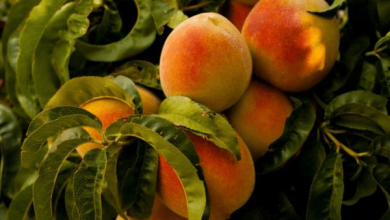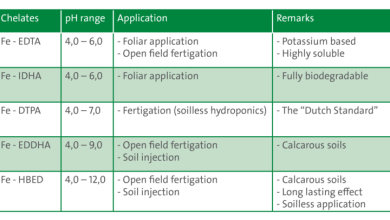How to increase the harvest of the garden and get more production
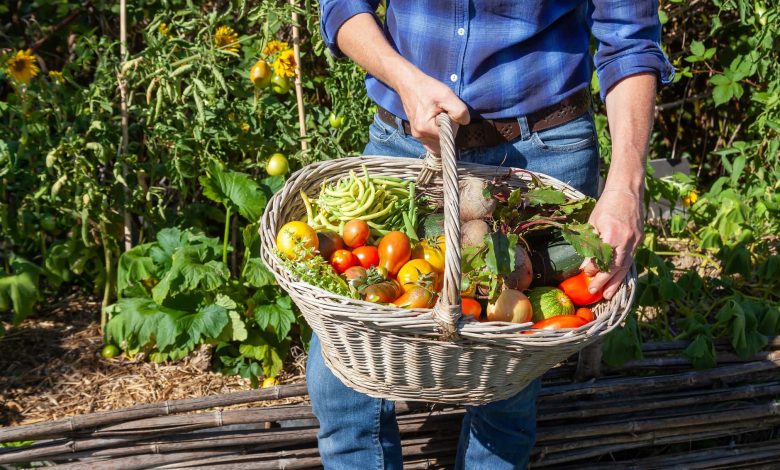
Is it possible to increase the harvest of the garden in the same space? The answer is yes. In today’s post we will see some cultivation techniques and tricks to increase the production of garden plants.
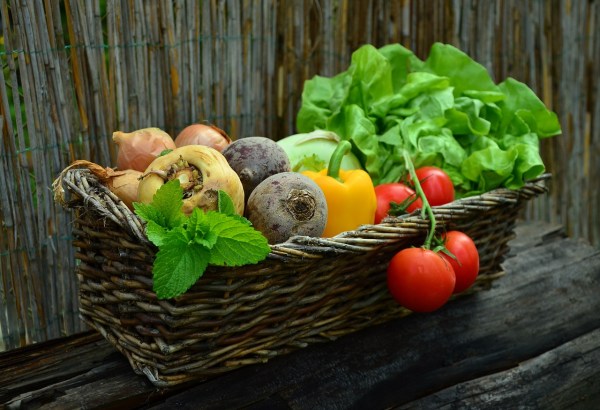
Making a correct design of the orchard and the crop associations, using staggered planting, or doing the appropriate pruning are some of the tricks to increase the yield of the orchard.
In addition to achieving greater production in the garden, these ecological techniques will also serve to have a better harvest: organic food is healthier and of higher quality than that from conventional agriculture and, for greater benefits, it is grown protecting the soil, air and plants from pollution with artificial chemicals.
✍ 9 tricks to increase the harvest of the garden
Next we will see some cultivation techniques to improve the performance of the orchard in an easy way.
If you combine several of these tricks to increase the production of the plants, you will probably see good results and you will have a larger harvest than in other seasons.
1. Plan the layout of the orchard and the Association of crops
One way to increase your orchard yield is to take advantage of plant compatibility by planning the right crop association.
It has been scientifically proven that the simultaneous cultivation of compatible plants, that is, planting different species with mutually beneficial associations close to each other (in the same pot or on the same bed), produces benefits for the plants compared to their cultivation separately: greater resistance to pests and diseases, better use of resources (light, water, nutrients…), etc.
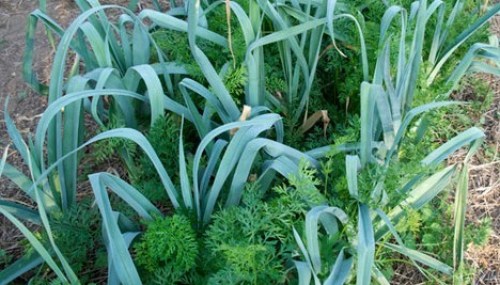
In addition, a good design of the crop associations will allow us to have more plants in the same space (which implies a greater harvest per square meter).
We can intersperse, for example, tall plants -such as tomatoes or peppers- with others of a different size and growth rate such as aromatic plants, onions or lettuce. In this way we take advantage of the free space between the large plants, which have to be further apart, without affecting the cultivation of the small vegetables that we place between them, since they have root systems of different depths, which do not compete for water and the nutrients.
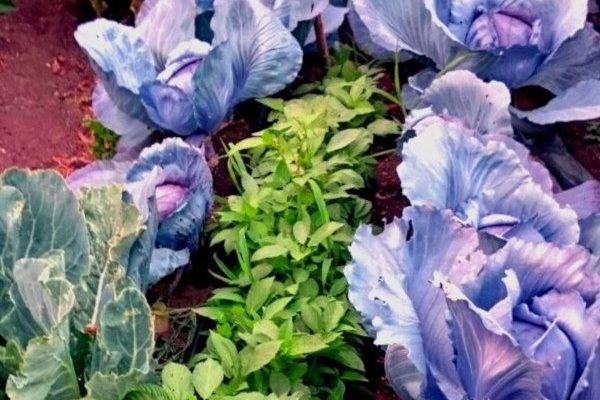
Examples of companion crops:
- Aromatic plants and edible flowers, such as mint, basil or calendula benefit certain vegetables because they repel insects that can become pests.
- Association of legumes with maize to improve soil fertility.
- Crops that repel pests: for example carrot with leek (the carrot repels the leek worm and the leek repels the carrot fly), or garlic and onions with nightshades (the former repel the aphid that affects nightshades such as tomato)
- Other examples of good and bad crop associations in the orchard
2. Crop rotation
Crop rotation is another of the ecological techniques typical of organic agriculture. With this technique, the properties of the different types of crops and the differences between them are used to increase the harvest.
The theory is similar to that of the intercropping technique: alternating different crops. The difference is that, this time, instead of creating a spatial combination (the placement in the beds/pots) we will create a temporal sequence so that what we plan is the rotation of different crops in the same space.
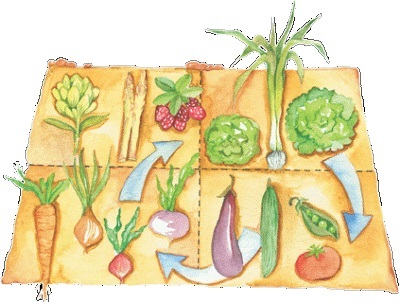
For this, it is important to know the characteristics of each of the crops (family to which they belong, root depth, nutrient requirements…).
For example, we know that legumes (peas, lentils, broad beans or beans…) are plants that fertilize the soil by fixing atmospheric nitrogen by their root nodules. It will be interesting, therefore, to plant in that same space -after the cultivation of legumes- some plant with high nutrient requirements (broccoli, spinach, solanaceous plants such as tomatoes, cucurbits such as pumpkins…) to take advantage of the good condition of the soil and thus obtain a greater production of the plants.
In the post on how to plan crop rotation in the garden we give more details and examples of rotations to increase the harvest.
3. Size of containers and distance between plants
If we are going to cultivate a garden in pots (macetohuerto) or in another type of cultivation container, it is important to choose the appropriate size.
Some horticultural plants, such as tomatoes, aubergines or melons, have very deep roots, so to have more production, large containers with sufficient depth will be necessary. If this is not the case, we will notice it at harvest because the crops will not be able to develop well.
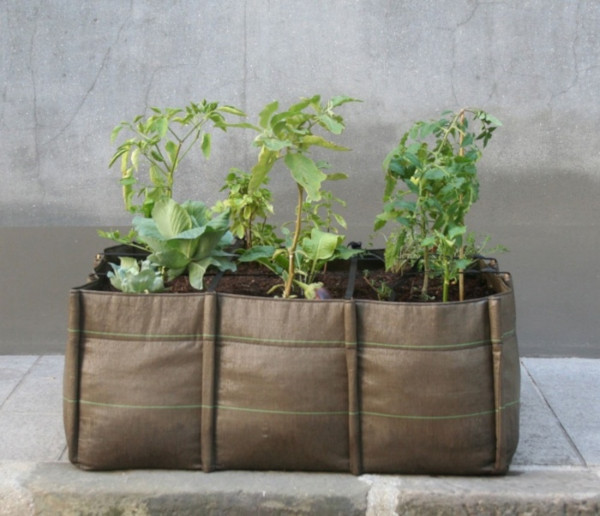
The same thing happens if, in the terraced garden, the distance between plants is not enough and their roots «collide» or become entangled.
It is necessary to take into account, therefore, what type of roots the crops have (if they are deep and pivoting or extended towards the sides) to place the plants sufficiently apart.
If you don’t have a lot of space, it is better to choose plants with small or not too extensive roots such as beans, lettuce, chard, strawberries, radishes, carrots or aromatic plants.
4. Staggered planting
It is about taking advantage of the rapid growth speed of some crops to obtain more harvest in the same space.
There are early-ripening vegetables that harvest in less time, and others that mature late and take longer to produce.
If we plant a fast crop (lettuce for example) in the free space that exists until a slower crop (such as cabbage or broccoli) grows, we take advantage of the space and there is hardly any competition between the two.
In addition, with fast cycle plants we can obtain several harvests in a single season if we sow them in stages. Vegetables such as lettuce, radishes, spinach or turnips can take only a month or month and a half to be ready, so we can have a continuous production of vegetables if we make the seedbeds of the new plants before harvesting the previous ones (all within the same season).
5. Make a correct subscriber
The fertilization of the plants is one of the most important aspects to achieve a good harvest. Without the proper nutrients, plants won’t grow well or fruit won’t be able to develop.
Although we can always resort to chemical fertilizers that, a priori, may seem more effective due to their high concentration of nutrients, from Agrohuerto we will always recommend organic fertilization.
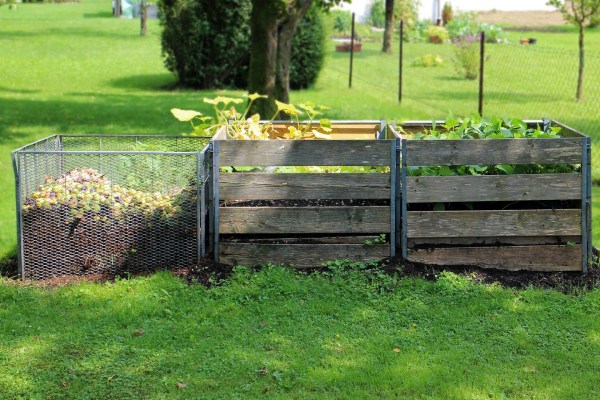
There are many reasons for choosing ecological and natural fertilizers and fertilizers over chemical fertilizers (health, environment, conservation of resources…), but from a technical point of view, and in the issue that concerns us today («getting more harvest») there is a compelling reason: the “Law of diminishing returns”.
This premise, which is true for the application of chemical fertilizers in most soils and crops, states that:
As the doses of a fertilizer element are increased, the increase in harvest achieved for each fertilizer unit supplied is less and less, until a time is reached when harvest yields not only do not increase, but also decrease.
Mischerlich’s Law
The ideal way to achieve good production in the organic garden is, therefore, to apply natural fertilizers that provide nutrients to the plants while making them stronger and improving the characteristics of the soil.
In this post about types of organic fertilizer for the garden , we talk about 10 organic fertilizers that can be used to increase the production of plants.
6. Irrigation, pruning and other cultivation tasks
Water, like fertilizer, is one of the basic elements that plants need to grow. Proper irrigation planning will be necessary and documentation on the water that each crop needs so that they can grow well.
As we always say, frequent watering in small doses is preferable to large waterings widely separated in time. For this reason, of all the types of irrigation for the orchard, localized systems of high frequency and little water quantity, such as drip, micro-sprinkler or exuding tape, are more suitable.
The use of padding or mulching favors, among other things, the prevention of weeds and helps to conserve humidity and soil fertility, which will improve the state of our crops.
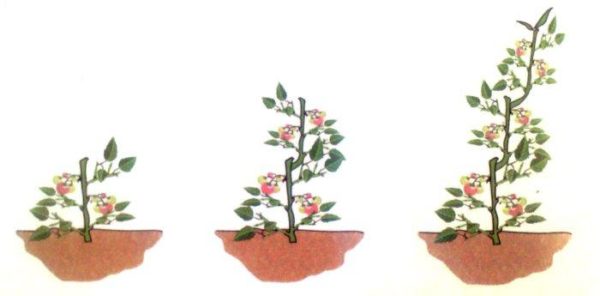
Other tasks, such as weeding or pruning horticultural species and removing suckers, will help us obtain greater production. Pruning tomato plants, for example, makes tomatoes grow larger and healthier.
7. Use of biostimulants and amendments
There are natural products made with certain seeds, with algae or with plant extracts that are capable of stimulating root growth or, in general, the development of the plant and its fruits, so they serve to increase plant production from the orchard.
We already talked about them in the post about Types of Agricultural Biostimulants for healthier plants, where you can find more information about these natural products to increase the harvest.
8. Artificial or manual pollination
The fertilization of the ovules with the pollen inside the pistils of the flowers is an essential condition for the development of the fruits.
Due, among other things, to the increasing absence of bees and other pollinating insects, it is sometimes necessary for us to carry out manual pollination, especially in the case of urban gardens. The pollen is manually deposited on the pistils of the flowers in order to increase the harvest of the orchard.

Source: Rfarmfresh.com
For some garden plants that have separate male and female flowers, such as courgettes, squash or cucumbers, hand pollination is essential in the absence of pollinators. In other fruit vegetables, such as tomatoes, peppers or aubergines, this technique is also useful because it helps to increase the orchard harvest due to the greater number of fertilized flowers.
It involves collecting pollen from the stamens of male flowers with a small brush, a small brush or a stick, and placing it on the pistils of female flowers.
9. Prevention of pests and diseases
One of the things that can spoil our harvest is crop pests and diseases.
To prevent these problems, it is best to use control methods from the beginning, before pests or fungi appear on the plants in the garden.

In the post on Integrated pest control we saw the keys to prevention and, if they appear, to control pests in the orchard in an ecological way.
I hope you found today’s post useful Do you know other tricks to increase the harvest or get more production? Tell us in the comment thread below!
References
- Guerrero Alarcón, 2001. Manual for Ecological Agriculture. Cajamar Publications Caja Rural.
- Meléndez, G. and Molina, E. (Ed), 2002. Foliar Fertilization: Principles and Applications. Costa Rica university. Agronomic Research Center.
- Vallés, 2009. The urban garden. Organic cultivation manual on balconies and terraces.
- GRAMA Association – Action Group for the Environment, 2012. Garden Manual.
- FAO, 2014. A Garden for all. Self Instruction Manual.
- Madrid City Council, 2017. Ecological Urban Garden Course.
- Torres Calderón, S. et al., 2018. Association of crops, maize and legumes for the conservation of soil fertility. Science, Technology and Development Magazine. vol. 4, nº1, p. 15-22.

![Photo of Physalis: [Cultivation, Care, Pests and Diseases]](https://www.complete-gardening.com/wp-content/uploads/2022/08/physalis-cultivation-care-pests-and-diseases-390x220.png)
